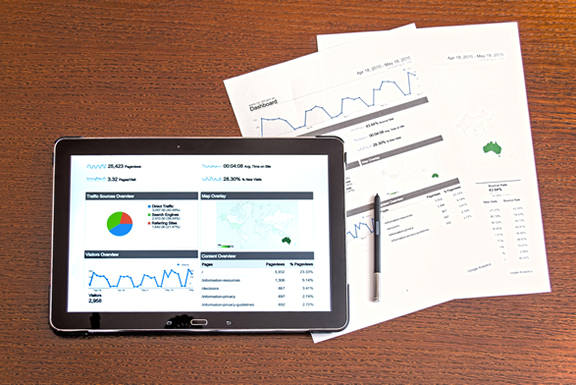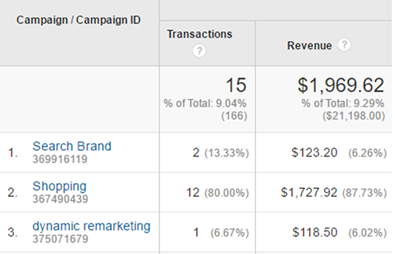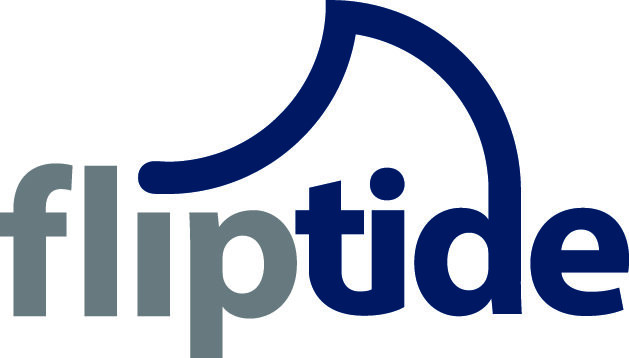 When assisting clients with their Google Adwords campaigns one of the issues that pops up again and again is how to interpret the conversion data.
When assisting clients with their Google Adwords campaigns one of the issues that pops up again and again is how to interpret the conversion data.
If you have Google Adwords linked with your Google Analytics account (and you should), you may have noticed a discrepancy between the number of conversions recorded through Adwords versus Google Analytics.
For a recent client of ours you can see below that 20 conversions were recorded on Adwords from three separate campaigns.

In our Analytics account under Acquisitions and then Adwords / Campaigns we see a different set of numbers. What’s going on here?

Counting Conversions
The answer has to do with how each counts a conversion. Adwords registers a conversion every time someone clicks an ad and completes a transaction, even if they don’t convert right away. So someone might for example click an ad, not convert but then come back to the site later through a search on Google and complete the transaction. In this case Google Analytics would assign the conversion to Google organic instead so the numbers above would be lower. In Adwords they would be higher.
Assisted Conversions
In analytics if we go to the assisted conversions section under conversions we do see the numbers match up with Adwords but here we can actually see how many converted right away versus needing to interact with other channels first.

Here’s how it works. If we look under the MCF Channel Grouping column we see that paid search received 10 assisted conversions and 9 last click or direct conversions. Both add up to the 19 reported by Adwords for the search brand and shopping campaigns (dynamic remarketing is counted separately as explained below). Assisted conversions are just that, someone clicked on an ad but going back to our Google organic example converted at a later time. The columns with the dollar amounts tell you how much revenue each type of conversion resulted in.
Last Click Discrepancies
You may have noticed too that the acquisition report in Google Analytics reported 15 (last click) conversions totaling $1,969. Under the assisted conversion chart we see nine last click conversions. There are a couple of things going on here.
First, notice that the assisted conversion report counts Direct as a channel. If someone clicked on an ad, didn’t convert but came back at a later time by typing in the url or through a bookmark and converting then, the last click credit would go to the direct channel and the ad would receive an assisted conversion. The acquisition report assigns direct conversions such as these to the ad itself so the total ends up being higher. Second, the acquisitions report, includes dynamic remarketing ads whereas the assisted conversions report includes this as part of the display channel and not as part of the paid search channel.
Putting It All Together
So why does this all matter? In addition to clearing up any confusion when switching back and forth between the different reporting, the assisted conversion report provides the most complete analysis of how much revenue your advertising campaigns are generating both directly and indirectly. Powerful stuff to bring back to your boss when the moment of truth arrives and he asks you for the latest results.
